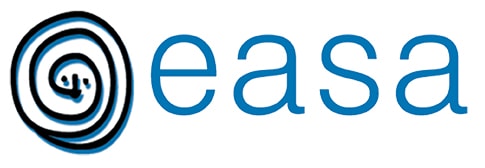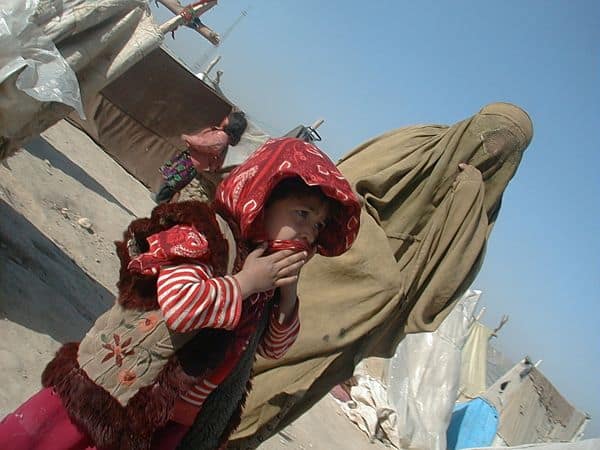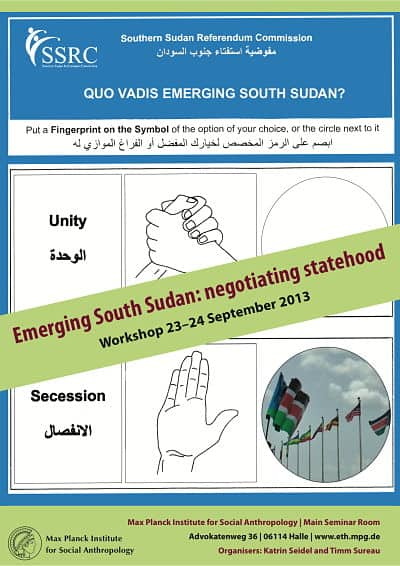Does anyone still remember that a few weeks ago there was a rather large anthropology conference in the Northern part of Europe called EASA 2014? We ask this both ‘dead seriously’ – we understand that many of our American colleagues really do not know this event at all, or worse yet, know it but pay it next to no attention – and ‘tongue in cheek’ – anyone who has been following Allegra at ALL over the past months should by now be well aware of our vast attention toward this event.
But why are we returning to this event now? Was not everything worth doing in the social media already done and over with by the time the event ended?! Not so, we believe. For we are determined to follow this experiment from start to finish, and find creative ways to fill the ‘DEAD SPACE’ that conventionally exists in between ongoing scholarly debates today and eventual scholarly publications appearing in a few years.
The EASA meeting in Tallinn this year was attended by 1200 anthropologists and was, without any doubt, THE most important event on the academic calendar. Of course, Allegra was there to cover the chatter! We even had the pleasure to meet some of our readers and contributors at the booth we shared in the publishers’ section with our partner in arms, Hau: Journal of Ethnographic Theory. With a team of 8 Allies to take pictures, video record, and tweet panels, we hope some soundbites reached your ears. But if you missed the train, have a look at our previous installments.

Get to know Noel Salazar, the president of the EASA, Carlo Cubero, member of the scientific and local EASA committees and professor of visual anthropology in Tallinn University, EASA founding members Sydel Silverman, Andre Gingrich, Rolf Hussman and Patrick Laviolette, director of the Anthropology department in Tallinn University. Special thanks to Felix Girke, Allie’s MC #EASA2014, for getting the story across!
Once acquainted with the EASA family, you can dig into the event itself by surfing the tweets that flew around during the conference under the hashtag #EASA2014. One of the highlights was certainly Samuli Schielke’s keynote at the plenary entitled “EASA beyond crises: continuities and innovations in European anthropology”, during which he said aloud a blatant but rarely openly voiced truth about the transformations of the Academia:

Allegra was far less impressed by Povinelli’s lecture in the beautiful Tallinn concert hall. Sylvain Piron will develop further on the reasons for which he thought Povinelli’s talk was a failure tomorrow, but for now, here are a few thoughts.
 Last week, Theodoros Kyriakydes, a PhD student from Manchester University and social media volunteer for Hau, published a short report in Savage Minds. We share with him the view that the EASA 2014 will be remembered for its genuine attempt at triggering new forms of collaborations between and across disciplines, revisiting notions of alterity and intimacy, and challenging anthropology’s pre-determined formats for knowledge production. We loved the labs and wish we had had more time to see all the films.
Last week, Theodoros Kyriakydes, a PhD student from Manchester University and social media volunteer for Hau, published a short report in Savage Minds. We share with him the view that the EASA 2014 will be remembered for its genuine attempt at triggering new forms of collaborations between and across disciplines, revisiting notions of alterity and intimacy, and challenging anthropology’s pre-determined formats for knowledge production. We loved the labs and wish we had had more time to see all the films.
What else? To get an overall impression of the conference, have a look at Juho Reinikainen’s photo essay and video.
This week, we’ll share a summary of Allegra’s own panel on ‘boredom’. And since we went through all the trouble of arranging a Shadow-Event in Helsinki ‘after the fact’ we want to bring you also some of the highlights of that discussion on ‘Gates’ & limits of the international regulatory scheme around migration. We’ll also take some time to introduce the EASA network on the anthropology of law and rights, now headed by Gerhard Anders, and with which Allegra is about to start a new, and hopefully long and fruitful collaboration!
All this and much more on its ways – and let after this week NO ONE ask: ‘SO what exactly is the #EASA?’!





